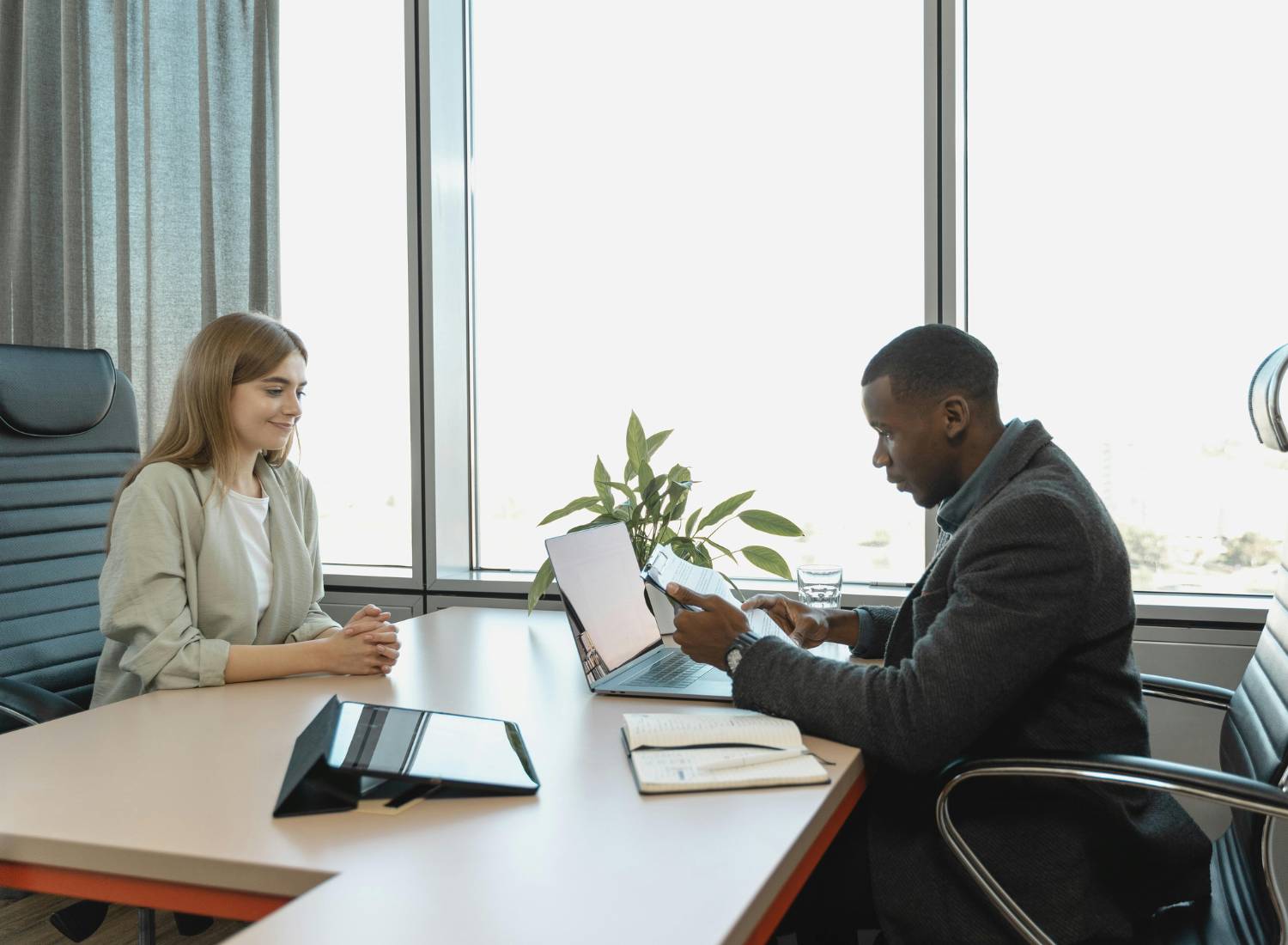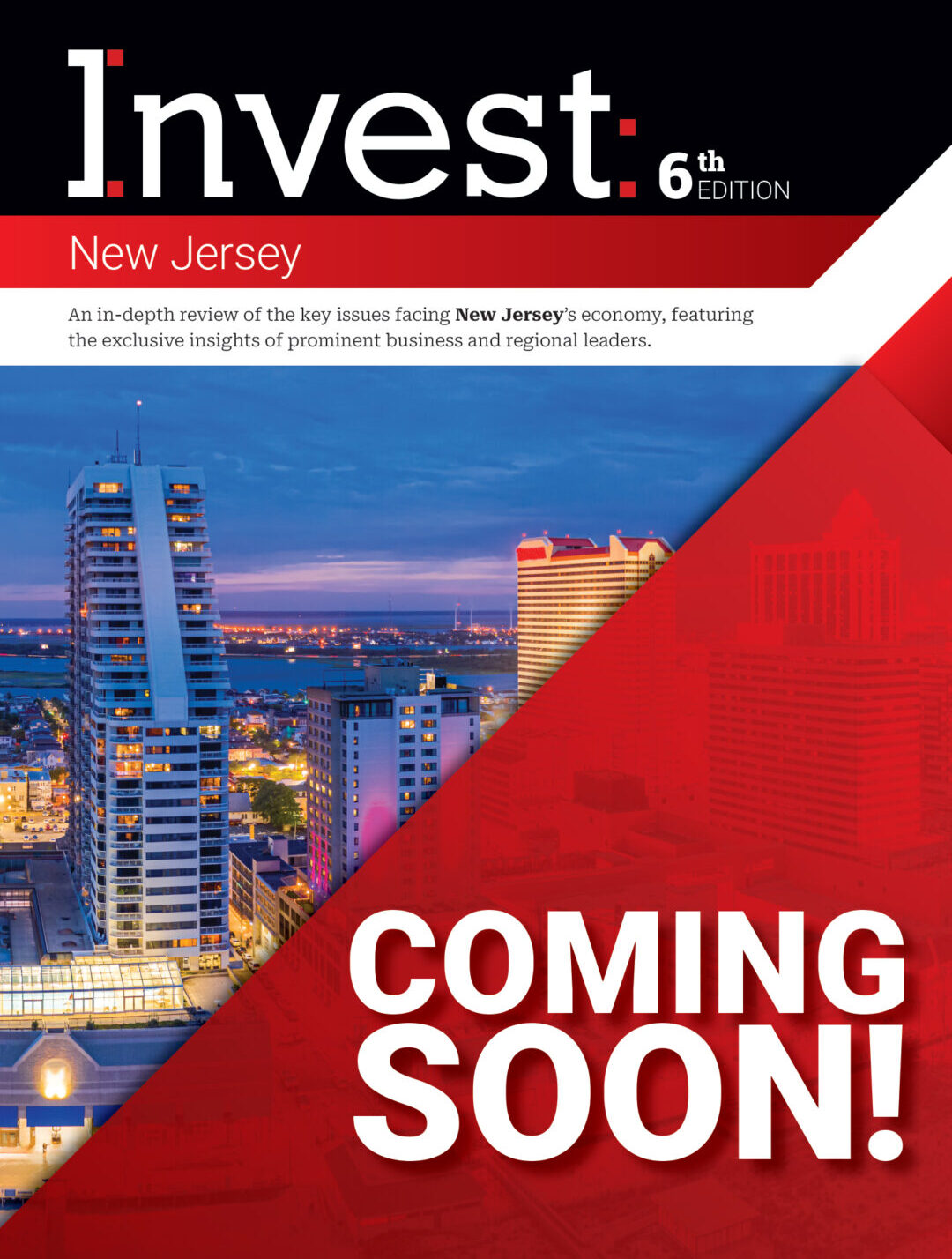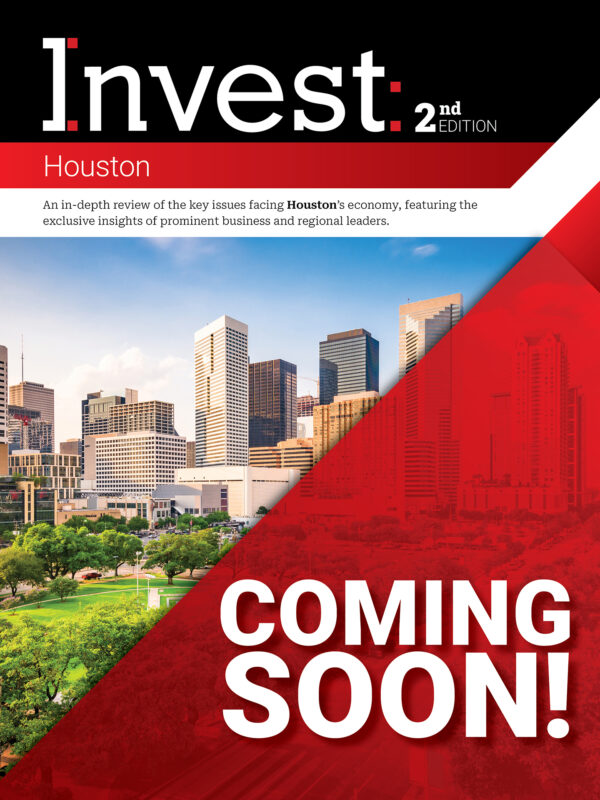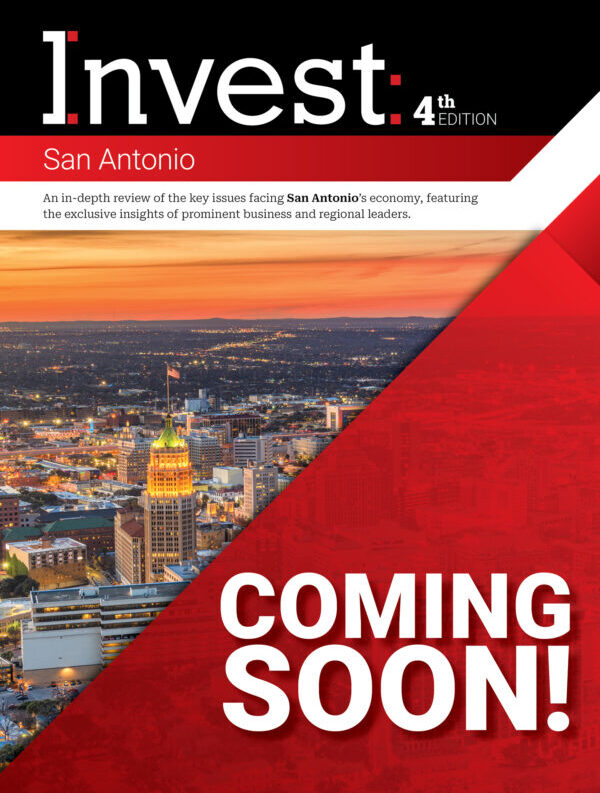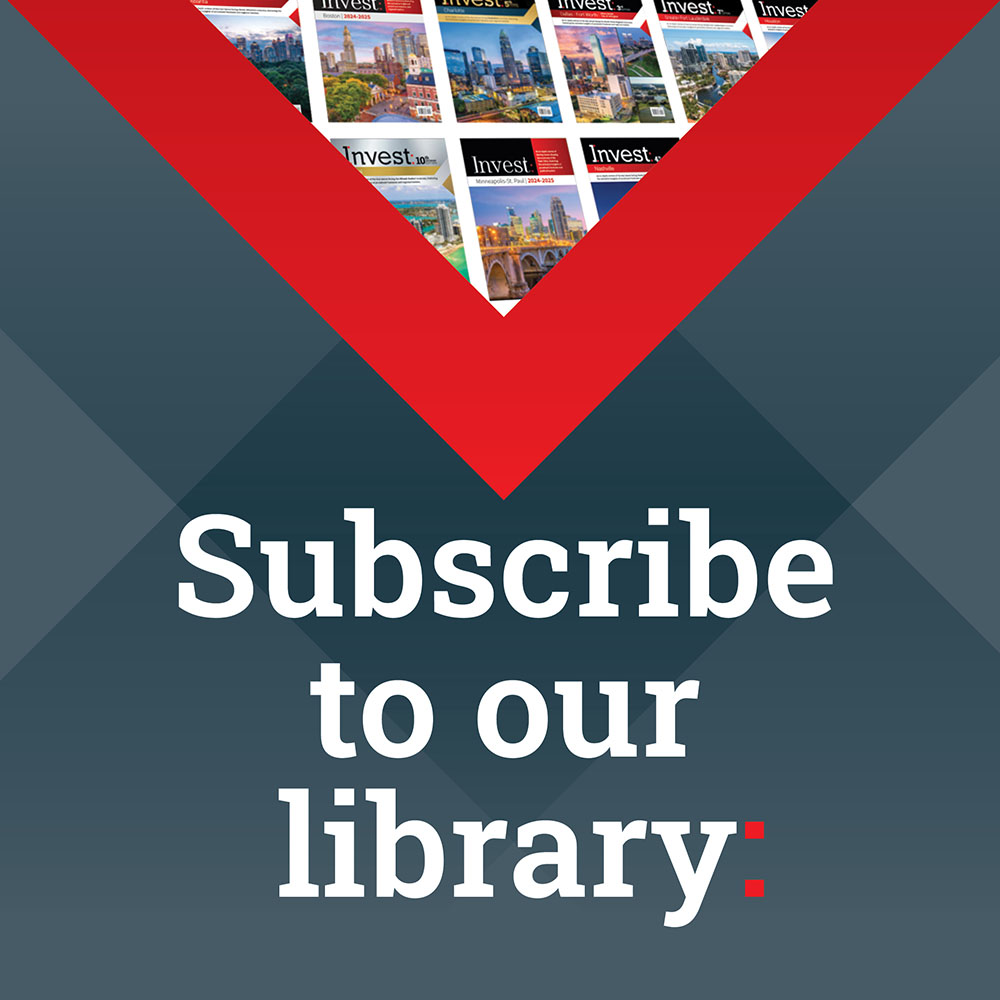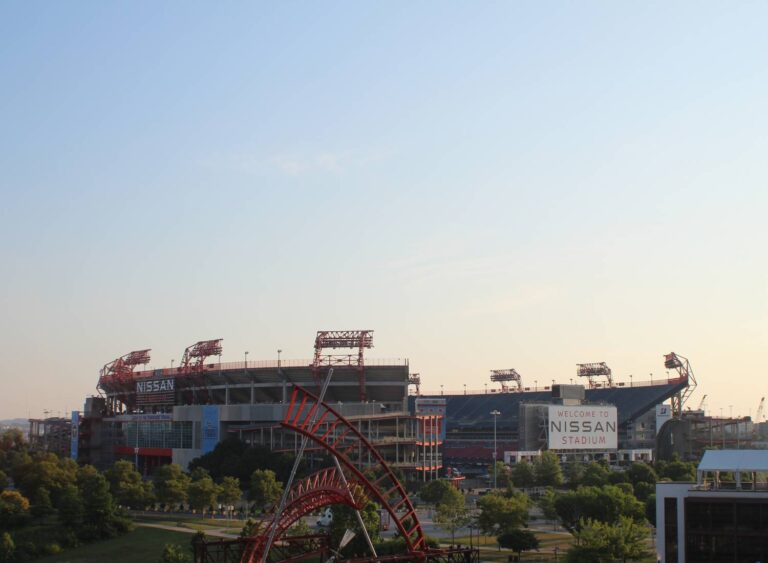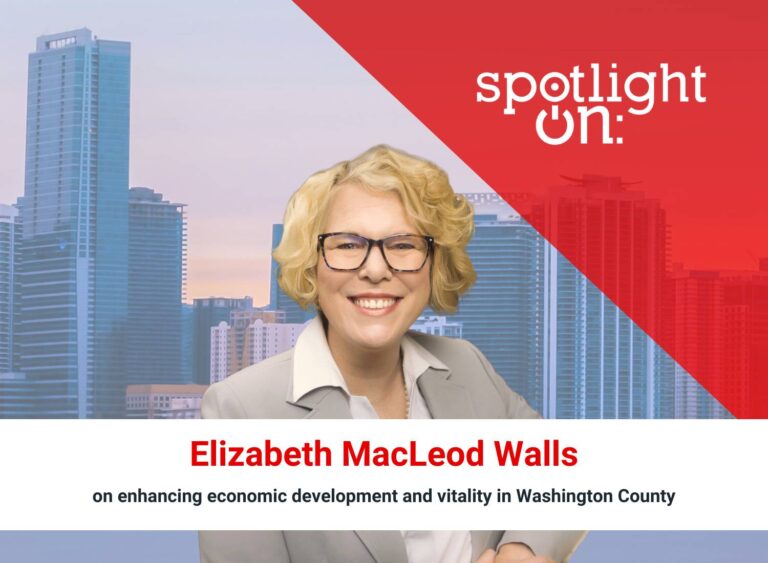Casandra Matej, President & CEO, Visit Orlando
Casandra Matej, president and CEO of Visit Orlando, sat down with Invest: to discuss travel trends to Central Florida, innovative ways to market destinations, the evolution of tourism and hospitality in the region, and the importance of preparing for the next generation of travelers.
What is the state of the tourism industry in Central Florida?
When looking at Orlando and Florida’s overall travel performance in 2023, we see a shift in domestic leisure travel. Nationally, the number of travelers surged in 2022. It faded a little bit in 2023 as U.S. travelers wanted to go internationally instead. Much of our focus to capture that gap was the international market, and we saw a return on that interest. Our numbers at the end of 2023 showed 15% growth at Orlando International Airport in passengers, and we saw a 13% increase in city attendance. 2023 also saw 4% growth in the average daily rate and 4% growth in leisure and hospitality employment.
We remained flat, even slightly negative, in hotel demand. Overall, though, 2023 ended very strongly. Today in 2024, we are anticipating our first quarter to translate growth. Orlando hotels are showing a minimum of a 3% increase on what is on the books for Q1. Airline services are expanding 8% in direct access capacity in area airports, and advance airline ticketing numbers are showing global origins pacing an 8% increase at Orlando International Airport for our first quarter. There is still very strong interest in Central Florida. We are definitely influencing that international traveler, and we expect the first quarter to be very strong. Economists are warning there could be some softness in the economy, but travel and tourism are typically pretty resilient in a downturn. It will be important to watch consumer behaviors, including whether they are taking one trip instead of three, vacationing for three days instead of seven, and more. Right now, the 2024 outlook is very strong.
What challenges is the industry facing, and what have you experienced as a female leader in the industry?
As an industry, our challenges are that travel and tourism is impacted by everything from policy decisions to weather. It is important in my role that we are always watching what the trends are now and how we would shift if those were to change. Organizations like ours have to be very nimble. Part of my challenge is making sure that our Central Florida community and state leaders understand the economic and cultural importance of the travel industry’s sector. The reality is that the majority of our funding comes from public dollars by the Tourist Development Tax, and that must remain strong. I am privileged to be the first female leader of Visit Orlando. Nationally, there are more female leaders of destination marketing organizations than ever before. This is such a welcoming and inclusive industry that I have found more benefits than challenges.
In what ways are you seeing the tourism sector shift in Greater Orlando?
County leadership decisions are propelling us toward our future. We are looking beyond 2024 and instead considering how we want to position Central Florida. There is no doubt that we are a sports mecca. In one weekend, Orlando hosted a cheer and dance competition, MegaCon, the U.S. Olympic Trials – Marathon, and the NFL’s Pro Bowl. Local leaders have prioritized more investment in arts and culture, which we strongly support. This will put more emphasis on what we offer to visitors. Investing in these types of infrastructure (Kia Center, Camping World Stadium) will make us more competitive in the sports and events world. We also have an expansion project underway for enhancements to the Orange County Convention Center, which will enhance our offerings for meeting groups. These all set us up for success down the line. We have to be prepared to tell the future story of Orlando.
How is the tourism industry preparing for the next generation of travelers?
We have to be able to provide products that are experiential and of interest to our key audiences. It will mean highlighting product that is already in our backyard to figure out how to cater to the demands of younger generations. Reaching them is key. User-generated content through social media plays a big role in this. We are more and more active with TikTok and other platforms and partner with content creators to help share our story. We have a strategic plan based on how a consumer interacts with content, generationally or behaviorally. Millennials are building families, too – and it just so happens that Orlando is a family-friendly destination. Communicating all of this is a priority going forward. We are set up for great success.
How are Visit Orlando and the tourism sector taking steps toward sustainability?
As an organization, we created a sustainability team to become the example. Visitors and event planners expect us to have programming readily available for them to view and decide how they would like to spend their time in Orlando. We have these experiences showcased on our website that highlights their sustainability efforts. We hope to be an example of not only what currently exists but in influencing our partners to do the same. Many of the major hotel chains in the area have had sustainable programming options for years. For example, Clean the World is based in Orlando. They collect discarded soap from hotels to recycle and provide hygiene supplies to vulnerable communities around the world. Walt Disney World resort has a solar farm that spans 270 acres, and it’s even shaped like Mickey Mouse. There is a good story to tell about the industry.
